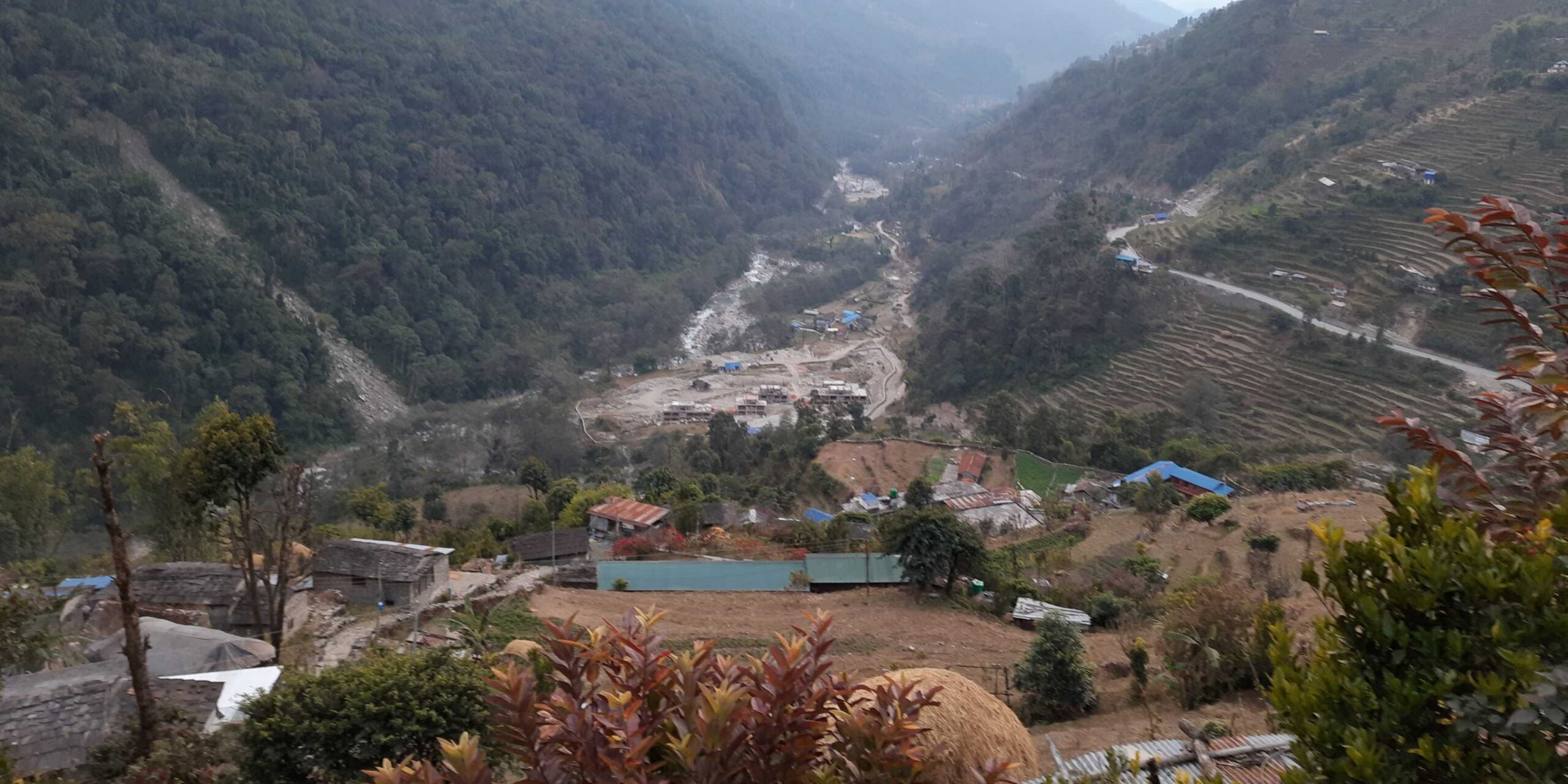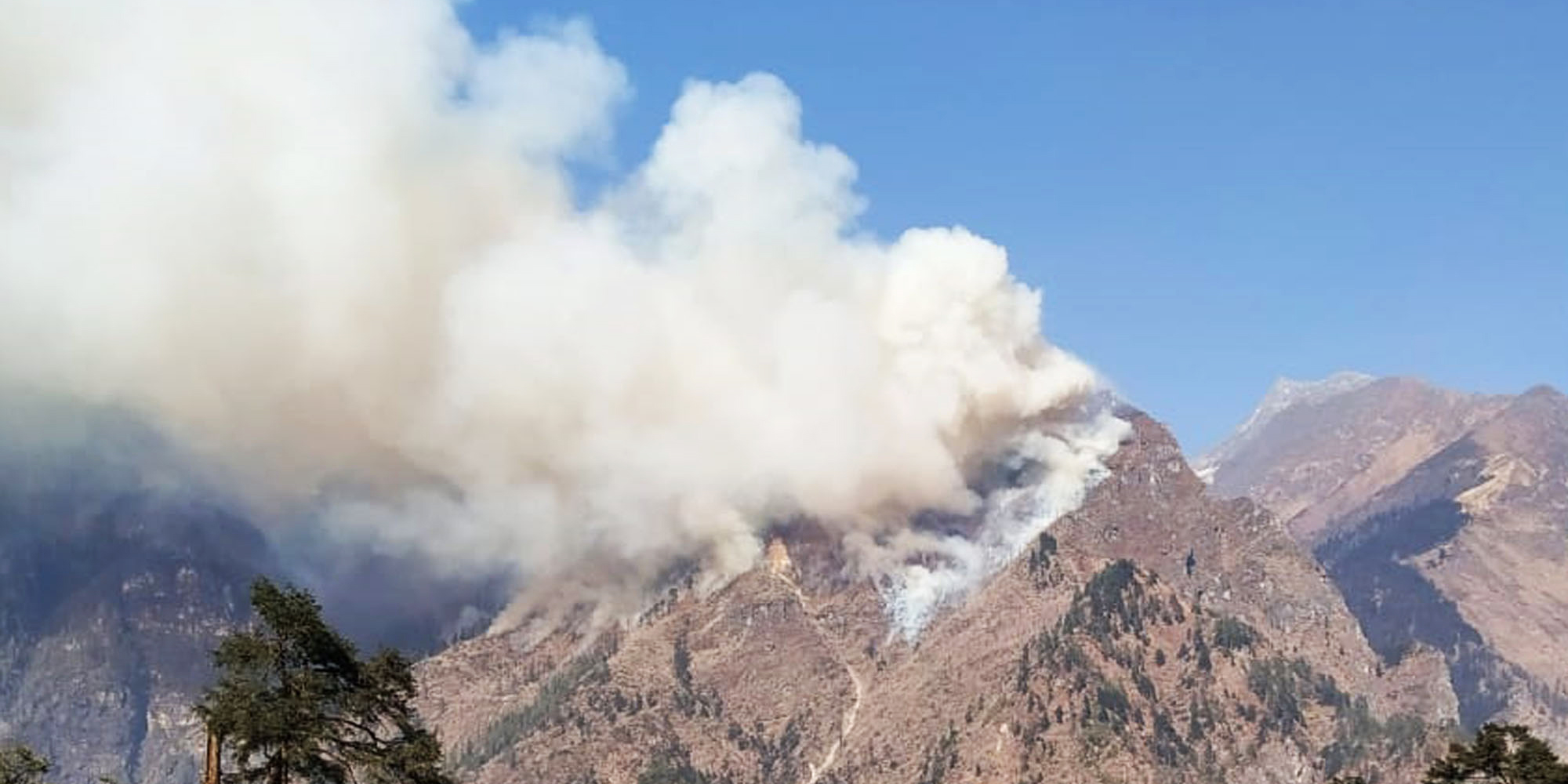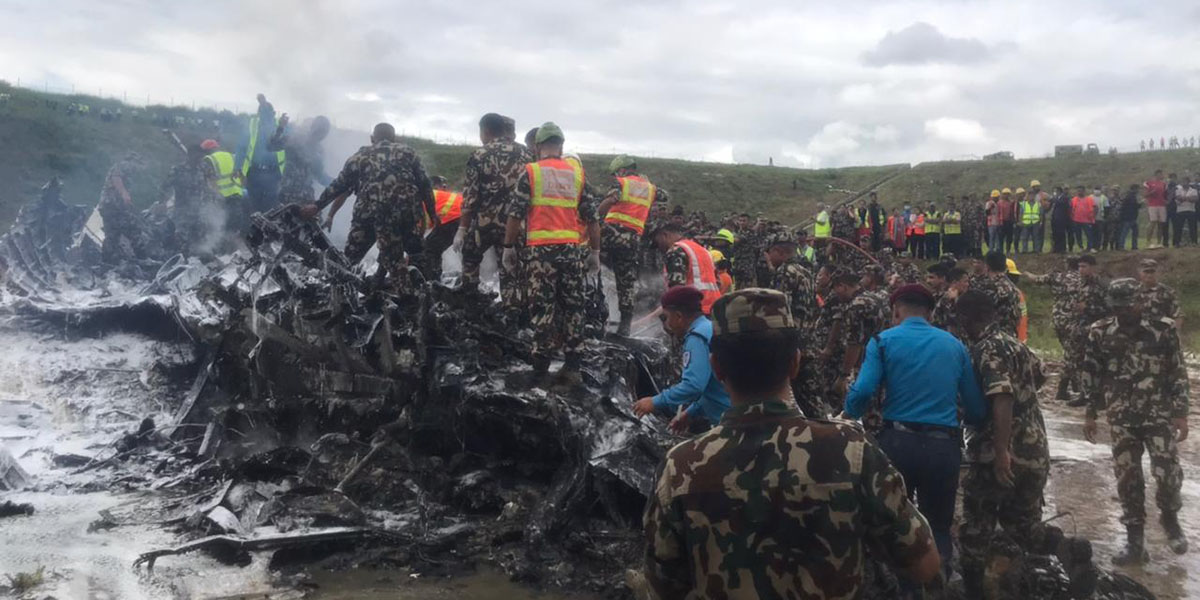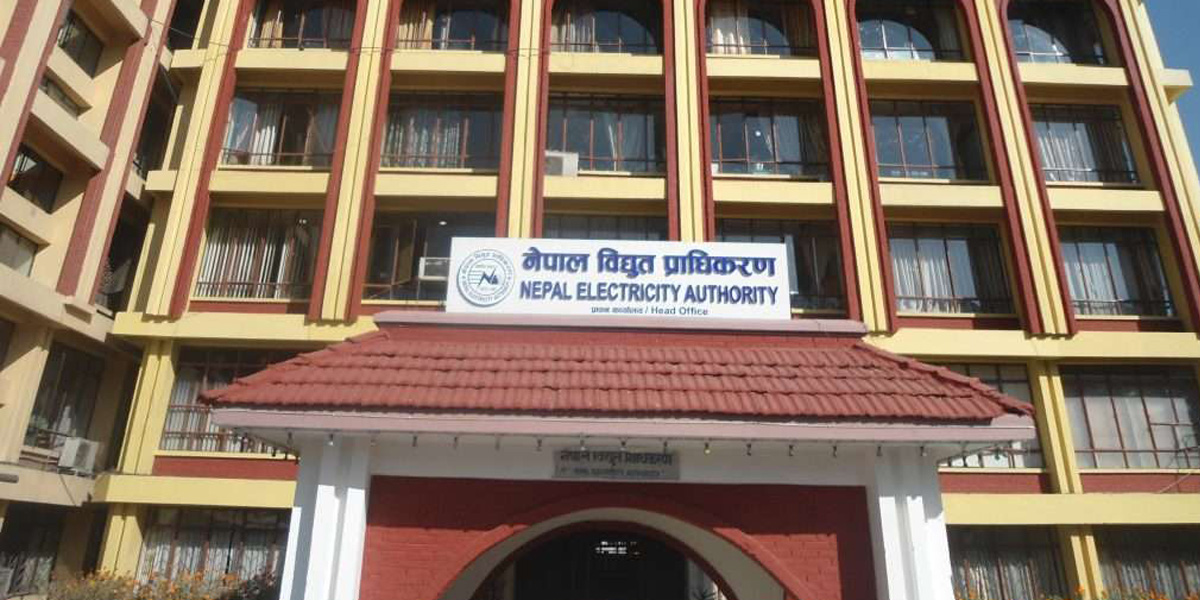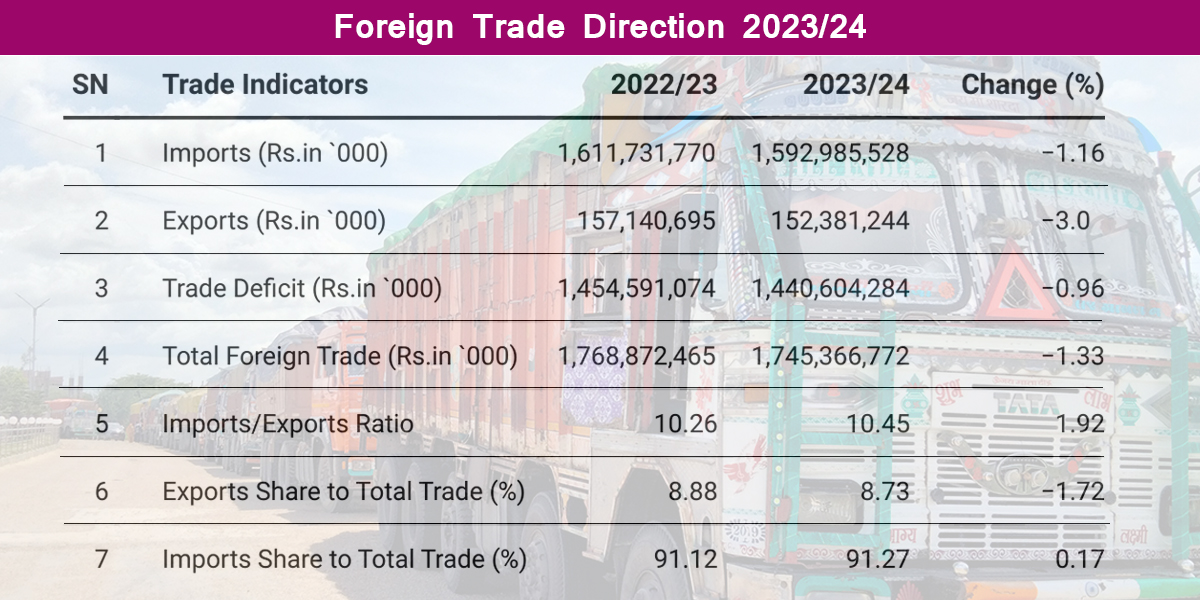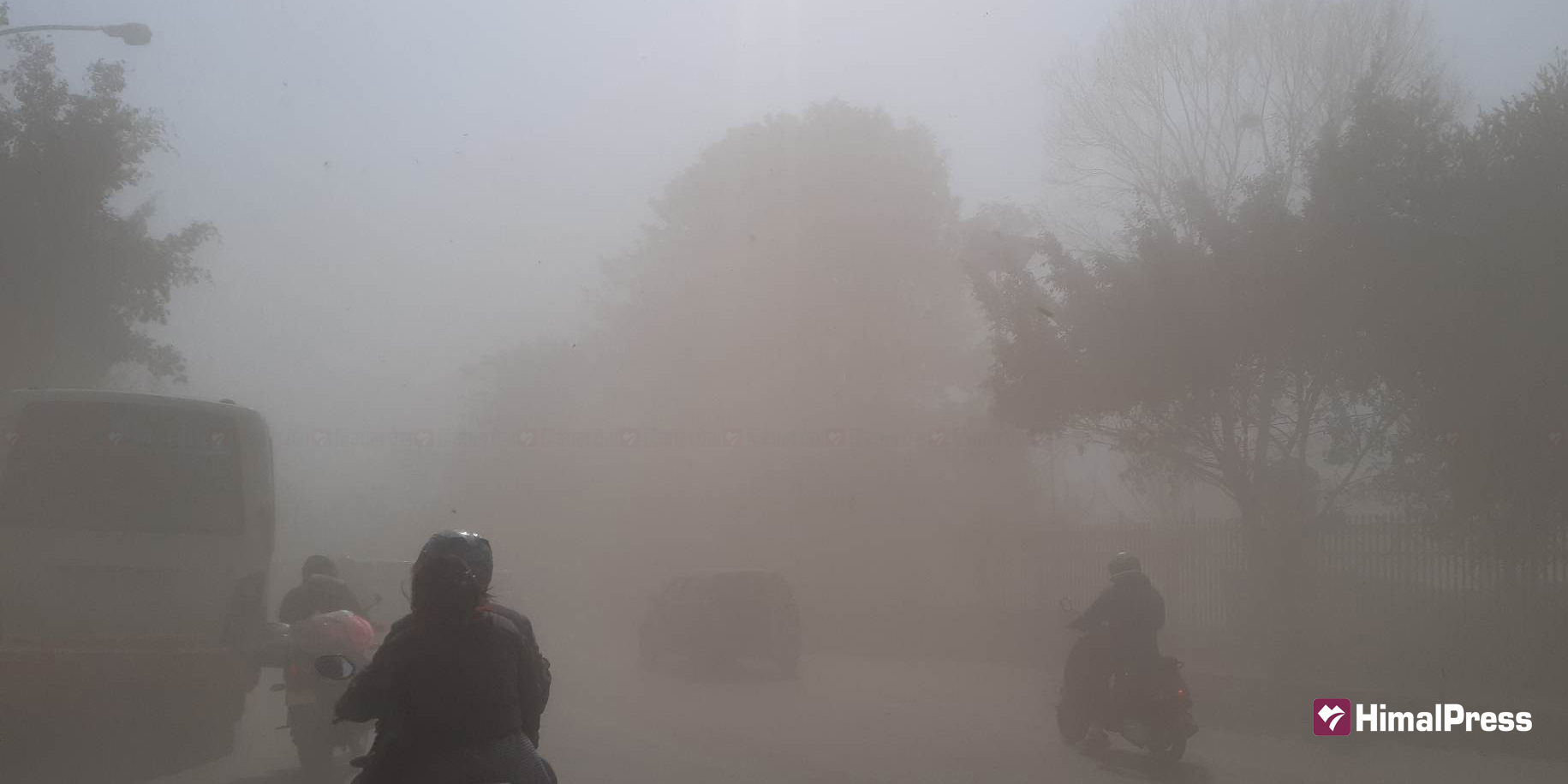 File Photo
File Photo
KATHMANDU: Kathmandu Valley has been experiencing a rise in air pollution levels over the past few days. The pollution has become so severe that the Environment Department issued a public notice last week, urging people to stay indoors and exercise caution when going outside. The pollution has reached an alarming level, posing a threat to the health of the residents in the valley.
According to the department, one of the main reasons for the severe air pollution in Kathmandu Valley is the forest fires at 140 locations across the country. The air quality monitoring stations in several areas, including Shankha Park, Ratnapark, and Kiritpur in Kathmandu, Khaisepati and Khumaltar in Lalitpur, Dhankuta, Hetauda, and Rara National Park, have recorded air quality levels below the acceptable limits. However, there is no available data on air quality levels in other parts of the country.
Although the department has established monitoring stations at 27 locations across the country, only eight of them are currently operational. The majority of these stations have become non-functional due to a lack of timely maintenance. Shankar Prasad Poudel, the spokesperson for the department, has stated that a lack of budget and a skilled workforce is hindering the maintenance of the monitoring stations.
Environmental expert Bushan Tuladhar also said the department has been unable to repair the monitoring stations due to a lack of budget and a trained workforce. “What is concerning is that air pollution is not yet a priority for the government which is reflected in the lack of budget allocation for addressing the issue,” he added.
Meanwhile, Govinda Lamichhane, an environment inspector at the department, said they have resorted to using satellite data since most of the monitoring stations are no longer operational. However, he emphasized that this is only a temporary solution, and the department urgently needs to address the maintenance issue to ensure reliable and accurate data for air quality monitoring.
Effects on Health
Air pollution has detrimental effects on respiratory health, according to physician Dr Lochan Karki. Dr Karki said air pollution exacerbates the risks of conditions such as asthma, bronchitis, pneumonia, lung cancer, heart disease, hypertension, and stroke. Air pollution poses both short-term and long-term health risks, Karki added.
According to data from the ‘State of Global Air 2020’ report, air pollution is linked to the death of over 42,000 people annually in Nepal. Moreover, the report claims that the average life expectancy of Nepalis has decreased by three years due to air pollution. The average life expectancy of Nepalis is 72 years, according to the National Statistics Office.
“Although air pollution may not be directly linked to certain diseases, it is an indirect cause of many health issues. Air pollution gradually deteriorates health, which could ultimately lead to fatal conditions,” Dr Karki said, adding: “Air pollution may not directly cause death today, but it does worsen health and pushes people to the point of death over time.”
What can be done?
The main sources of air pollution are dust particles emitted by vehicles, industries, and brick kilns, among others. Cross-border pollution, uncontrolled burning of garbage, and fires are the other sources of pollution, according to Lamichhane. Stating that air pollution originating from India is a significant concern in the Terai and hilly areas, he emphasized the need for initiatives from top political levels to address the issue.
Lamichhane stressed the importance of raising awareness at the local level on issues such as fire and stubble burning. “Prevention and control of pollution from such sources are essential at the moment. Our local governments should prioritize this,” he adds.
Taking necessary measures to control emissions from vehicles, industries, and brick kilns, as well as implementing proper waste management practices, are also vital steps toward reducing air pollution.
According to Dr Karki, all three levels of government need to be involved in controlling air pollution. “The government should pay special attention to removing old vehicles, preventing fires, and not allowing factories to be located near the city and urban areas. The government needs to prioritize these issues to address air pollution effectively,” Dr Karki added.


